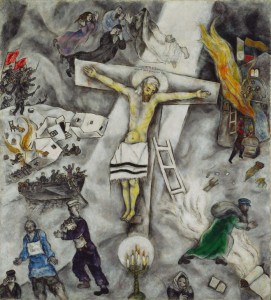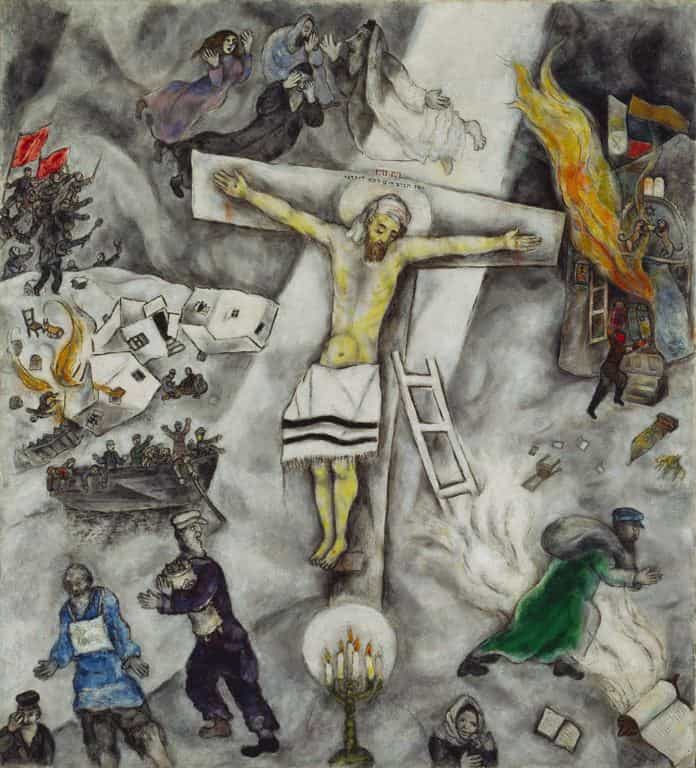When Eli Sagir showed her grandfather, Yosef Diamant, the new tattoo on her left forearm, he bent his head to kiss it. Mr. Diamant had the same tattoo, the number 157622, permanently inked on his own arm by the Nazis at Auschwitz.
– from Jori Rudoren’s piece in the NYTimes
The New York Times recently ran an article about young Israelis – the descendants of Holocaust survivors – who have chosen to have the relative’s concentration camp tattoos reinscribed on their own bodies. The Times ran the piece under the headline “Their Skin Says ‘Never Forget.'”
Well, I haven’t been able to forget – that article, and the beautiful, haunting photographs in its accompanying slideshow, have been sticking with me and showing up in my prayer.
As the Times tells it, these tattoos are a way for the younger generation to identify with and demonstrate their love for those who survived the camps and made their own lives possible.. They perpetuate the memory of the Holocaust and the caution: never forget, lest this happen again.
The tattoos carry these necessary and moving messages, but that’s not all.

“White Crucifixion” by Marc Chagall (1938), The Art Institute of Chicago. (c) Artists Rights Society (ARS), New York/ADAGP, Paris.
They carried me back to when I lived in Chicago and frequented the Art Institute of Chicago, following a regular route through the galleries. In addition to a steady diet of Monet, van Gogh, and Seurat’s “Le Grande Jatte,” I always stopped at two paintings of the Crucifixion. One was an amazing and imposing Zurbarán, and the other was Marc Chagall’s “White Crucifixion,” which never failed to stop me in my tracks. Painted in 1938, it depicts Christ on the Cross wearing a Jewish prayer shawl, surrounded by images of pogroms and persecutions against the Jews: synagogues being burned and the Torah scrolls being carried away.
Chagall, a Jewish artist (though with a complicated relationship both to Judaism and to Christianity), depicts the Crucifixion, itself long used as an accusation against the Jewish people, and claims it as an icon of Jews themselves being persecuted.
I’m not trying to Christianize the Holocaust, still less to answer (or avoid, for that matter) the deep problems of anti-Semitism claiming warrant from Christianity. Rather, I’m suggesting that there’s another way that memory and representation works – not just against forgetting as a caution, but toward renewal as a hope.
Set me as a seal upon your heart,
as a seal upon your arm;
for love is strong as death,
passion fierce as the grave.
– Song of Songs 8:6
Memory renews by making over what had been imposed as an assault and an indignity into a sign and declaration of ongoing identity: even in and through persecution and suffering, the life of this community is reborn. The bitter herbs and unleavened bread of Passover remember the flight from Egypt this way; the Eucharist remembers the Cross this way – and I think these tattoos may be remembering the Holocaust this way too. “Never forget” not just because it might happen again; never forget because of hope and love, surviving suffering and born from tragedy, and stronger even than death.


